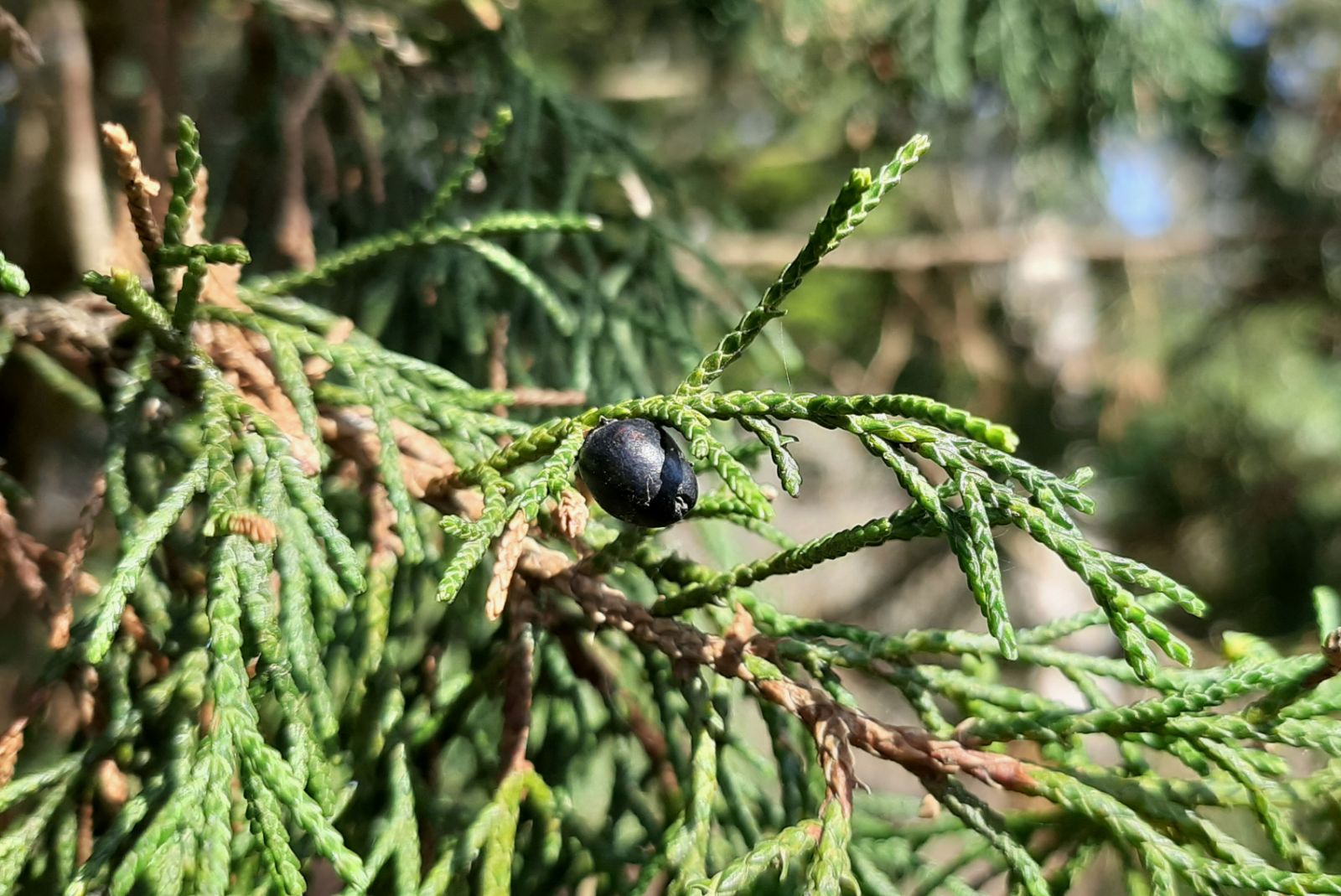Juniperus wallichiana
Credits
Article from Bean's Trees and Shrubs Hardy in the British Isles
Recommended citation
'Juniperus wallichiana' from the website Trees and Shrubs Online (treesandshrubsonline.
Infraspecifics
Other taxa in genus
- Juniperus bermudiana
- Juniperus cedrus
- Juniperus chinensis
- Juniperus communis
- Juniperus conferta
- Juniperus deppeana
- Juniperus drupacea
- Juniperus excelsa
- Juniperus flaccida
- Juniperus foetidissima
- Juniperus formosana
- Juniperus horizontalis
- Juniperus komarovii
- Juniperus occidentalis
- Juniperus oxycedrus
- Juniperus phoenicea
- Juniperus pingii
- Juniperus procera
- Juniperus procumbens
- Juniperus recurva
- Juniperus rigida
- Juniperus sabina
- Juniperus saltuaria
- Juniperus scopulorum
- Juniperus semiglobosa
- Juniperus squamata
- Juniperus thurifera
- Juniperus tibetica
- Juniperus virginiana
A tree 60 ft high in Sikkim, according to Brandis, with spreading branches. Leaves of two types: (1) juvenile, in whorls of threes, 1⁄8 to 1⁄4 in. long, sharply pointed, pointing forwards, concave and very glaucous above, green and keeled below, all very closely set upon the branchlet, with the stalk extending down and attached to it (decurrent); and (2) adult leaves 1⁄16 in. long, scale-like, arranged in opposite pairs overlapping each other and appressed to the branchlet, pointed with the points incurved, grooved outside, bright green. Male and female flowers on separate trees. Fruits egg-shaped, tapered at the top, 1⁄4 to 1⁄2 in. long, at first dark brown, blue when ripe, one-seeded.
Native of the Himalaya, up to 15,000 ft elevation; introduced by Sir Joseph Hooker to Kew in 1849, but no longer represented in the collection. It is rare in cultivation, and the trees considered to belong to it are 20 to 35 ft high and up to 2 ft in girth. There are specimens in this range of size at Wakehurst, Leonardslee, and Borde Hill, Sussex; National Pinetum, Bedgebury, Kent; Bodnant, Denbighs; East Bergholt, Suffolk; and Castlewellan, Co. Down.
From the Supplement (Vol. V)
The name J. wallichiana started in a herbarium annotation by Hooker and Thomson, and was first validly published by Brandis, who should have been given as the author and not Parlatore. The latter cited the name only as a synonym of J. pseudosabina Fisch. & Mey., for which see Volume II, page 497.
J. wallichiana is typically a tree. Ground-hugging shrubs occurring at altitudes of up to 15,000 ft in the Himalaya are usually considered to be conspecific with it, but it is not impossible that these are J. pseudosabina, which is of similar habit to these high-altitude Himalayan plants.
The name J. indica Bertoloni has priority over J. wallichiana (though not over J. pseudosabina), but it is poorly founded and best left in abeyance until the Himalayan junipers have been more closely studied. Both J. indica and J. wallichiana are given as synonyms of J. pseudosabina in Flora of Bhutan, Vol. I(1), p. 55 (1983).



